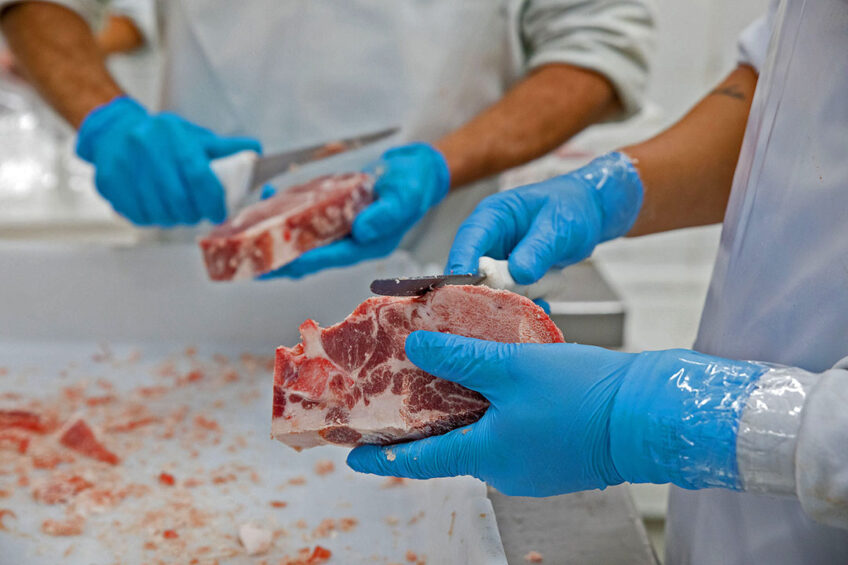Russian pork export beats most optimistic forecasts

Despite the effect of sanctions, Russian pig producers enjoy a surge in sales to foreign customers, including to countries outside the post-Soviet space.
During the first half of 2023, Russia exported 74,000 tonnes of pork, 57% up compared with the previous year, the export development centre under the Russian Agricultural Ministry estimated. Export to Vietnam soared by 110% to 38,000 tonnes. The export skyrocketed by 160% in value, the agency said, not providing a concrete figure.
Belarus, the largest sales market for the Russian pig industry within the CIS region, imported 20,000 tonnes of pork, 44% more compared with the previous year.
Supplies also rise to new destinations. For example, Mongolia imported 3,300 tonnes of Russian pork, increasing purchases by 33%. Export to Serbia jumped by a factor of 6.6 times to 3,200 tonnes and to Hong Kong by 56% to 3,000 tonnes.
Against the odds
To some extent, these dynamics could be attributed to the low base effect, but there is definitely more than that. Yuri Kovalev, chairman of the Russian Union of pork producers said that the first months of 2022 saw a drop in export sales owing to logistics disruptions in deliveries to countries of far abroad, exchange rate turbulence and issues with payment for shipped goods.
Under the recently ended Black Sea grain deal, the Russian government consistently demanded to connect Rosselhozbank back to the SWIFT network, claiming that Western sanctions against the agricultural bank make it challenging for Russian farmers to supply food on the global market. The demand was not fulfilled, which the Russian authorities named as one of the reasons for exiting the deal.
Sibagro, one of the leading Russian pork exporters, commented that the rise in foreign sales was associated with high demand for Russian products overseas and strengthening the economic feasibility of export.
The latter is partly attributed to the recent downward rally of the Russian ruble. In the middle of 2022, it was traded at a several-year height of 60 roubles/USD, owing to the disparity in the trade balance. During the past few months, the rouble lost some value against the hard currency pushing the exchange rate to 92 roubles/USD. This means Russian farmers earn more roubles for selling pork to foreign customers.
Positive factor
This year, Russian pork export is expected to reach 220,000 to 230,000 tonnes in physical terms and $ 0.5 billion in value, Kovalev said. Both figures are expected to be record-breaking. A surge in export will help to relieve the pressure from the domestic market, which was braced for oversupply.
Sibagro added that it planned to further expand export sales, including to new markets in the Philippines, Thailand and India.











